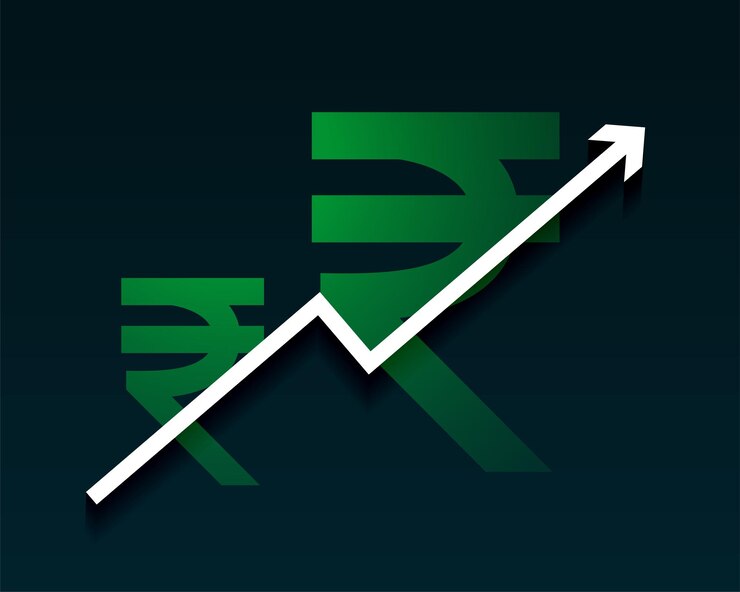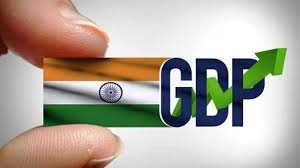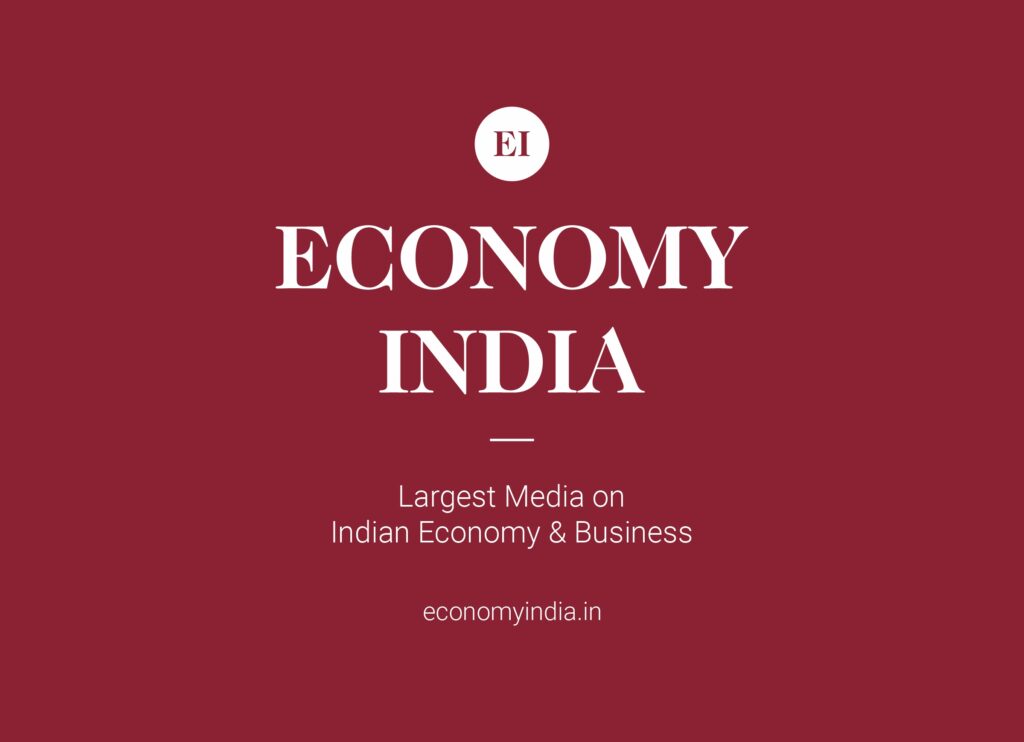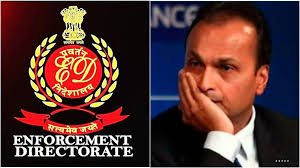New Delhi (Economy India): The Asian Development Bank (ADB) on Tuesday projected that India’s economy will expand by 6.5% in FY 2025-26, despite clocking a robust 7.8% growth in the first quarter. According to ADB, the recent imposition of steep U.S. tariffs on Indian exports is expected to weigh heavily on growth momentum, particularly in the second half of the fiscal year.
Revised Outlook from ADB
- In April 2025, ADB’s flagship Asian Development Outlook (ADO) had forecast India’s GDP growth at 7% for FY 2025-26.
- However, in its July 2025 update, the multilateral agency slashed the forecast to 6.5%, citing concerns over a 50% tariff imposed by the United States on a range of Indian goods.
- The latest September update reaffirms this downgraded projection.
ADB noted:
“The Indian economy showed remarkable resilience in the first quarter, driven by strong domestic demand and investment momentum. However, external headwinds, particularly the impact of U.S. trade restrictions, are expected to dampen export performance in the coming months.”
Key Drivers of Growth
Despite global headwinds, India continues to benefit from:
- Strong domestic consumption, particularly in urban markets.
- Government capital expenditure, with large infrastructure outlays.
- Services sector resilience, including IT, financial services, and tourism.
- Agricultural performance, expected to remain steady despite monsoon variability.
Challenges Ahead
The report highlighted that while domestic fundamentals remain strong, three major risks loom large:
- Trade Pressures: U.S. tariffs on Indian exports will hit manufacturing and related supply chains, weakening India’s external sector.
- Global Slowdown: Sluggish demand in advanced economies could further limit India’s export growth.
- Inflationary Trends: Rising energy and commodity prices may impact both household consumption and corporate margins.

India’s Long-Term Growth Story
ADB maintained that India remains the fastest-growing major economy in Asia. Even with a 6.5% growth rate, the country will outperform China and other large emerging markets.
The multilateral lender emphasized:
- Structural reforms such as digital infrastructure, GST, and labour market changes will continue to support medium-term growth.
- Private sector investments are expected to accelerate, particularly in green energy, electronics manufacturing, and services exports.
- Resilience of India’s banking sector and stable macroeconomic policies provide a strong foundation.
Expert Views
Economists believe that the current challenges, though serious, are cyclical rather than structural.
- Dr. Ritu Anand, Former IMF Economist: “India’s Q1 growth of 7.8% highlights its domestic strength. While U.S. tariffs are a setback, India’s expanding internal market provides a buffer.”
- ADB Chief Economist Albert Park added: “Trade tensions may persist, but India’s innovation, services sector, and policy environment keep it in a leadership position in Asia.”
India’s growth outlook at 6.5% for FY 2025-26 reflects both its domestic resilience and external vulnerabilities. The coming months will test India’s ability to balance strong domestic demand with weakening exports amid a turbulent global economy.
Even at the revised rate, India retains its place as a global growth engine, but policymakers will need to carefully manage trade risks and inflationary pressures to sustain momentum.
(Economy India)












